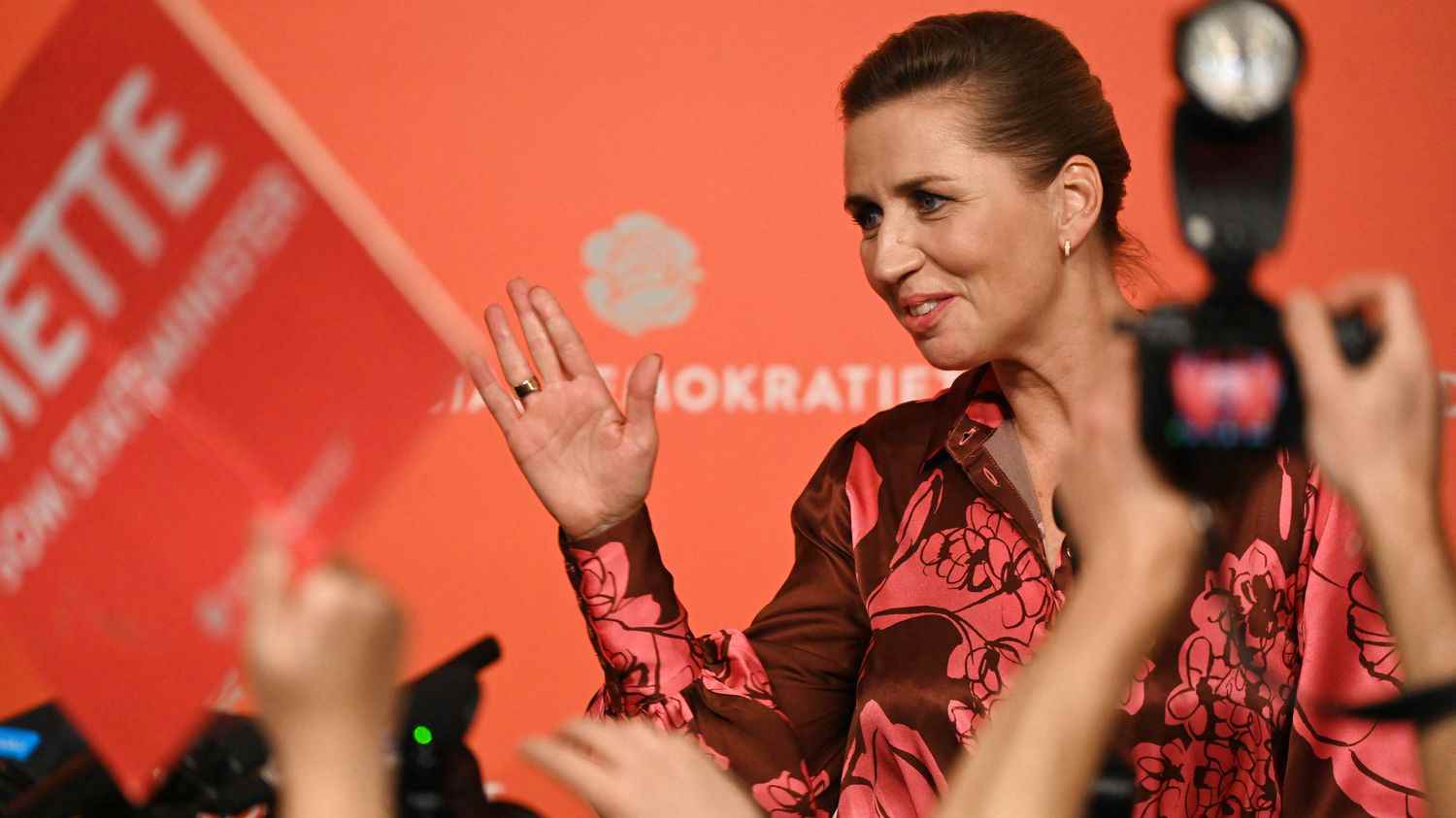The left of Prime Minister Mette Frederiksen won after a long election night, but the electoral negotiations promise to be long.
The suspense lasted the whole evening. The left-wing bloc, led by Social Democrat Prime Minister Mette Frederiksen, won a one-seat majority in Denmark’s general elections on Tuesday (November 1st). After a long election night, undecided until the last votes were counted, the coalition of five left-wing parties won 87 seats, to which must be added two seats from Greenland and one from the Faroe Islands, forming a majority of 90 seats.
The Social Democrats remain, by far, the leading party in the country, but unlike the last three years, no longer intend to form a minority government, multiplying the appeals of the foot both within their bloc and in the center and on the right. They have won 50 of the 179 mandates in the Folketing, increasing their 2019 score by 1.6 points with 27.5% of the vote. The coalition bringing together the right and the extreme right has 72 seats, plus a seat in the Faroe Islands. The far right, divided into three parties, won 14.4% of the vote.
With 16 seats, former Prime Minister Lars Løkke Rasmussen’s centrist Moderates party, which hoped to play a decisive role as arbiter, entered parliament. He said he was ready to discuss government participation. A phase of long negotiations is coming, Mette Frederiksen announced that she would present her resignation to the Queen on Wednesday, who should ask her to form a new government. Since the start of the campaign, the Prime Minister has multiplied calls to the center and the right to build a government beyond traditional divisions.
The early poll was prompted by the “mink crisis”: A party supporting the minority government had threatened to bring him down if he did not call an election to ensure voters’ confidence after the decision, later declared illegal, to slaughter the country’s huge herd of mink for fight against the coronavirus. Inflation at its highest in 40 years, high energy prices and the health system had dominated the campaign. In a country where turnout is traditionally high, 84.1% of some 4.2 million voters turned out to vote, a very slight decline.
